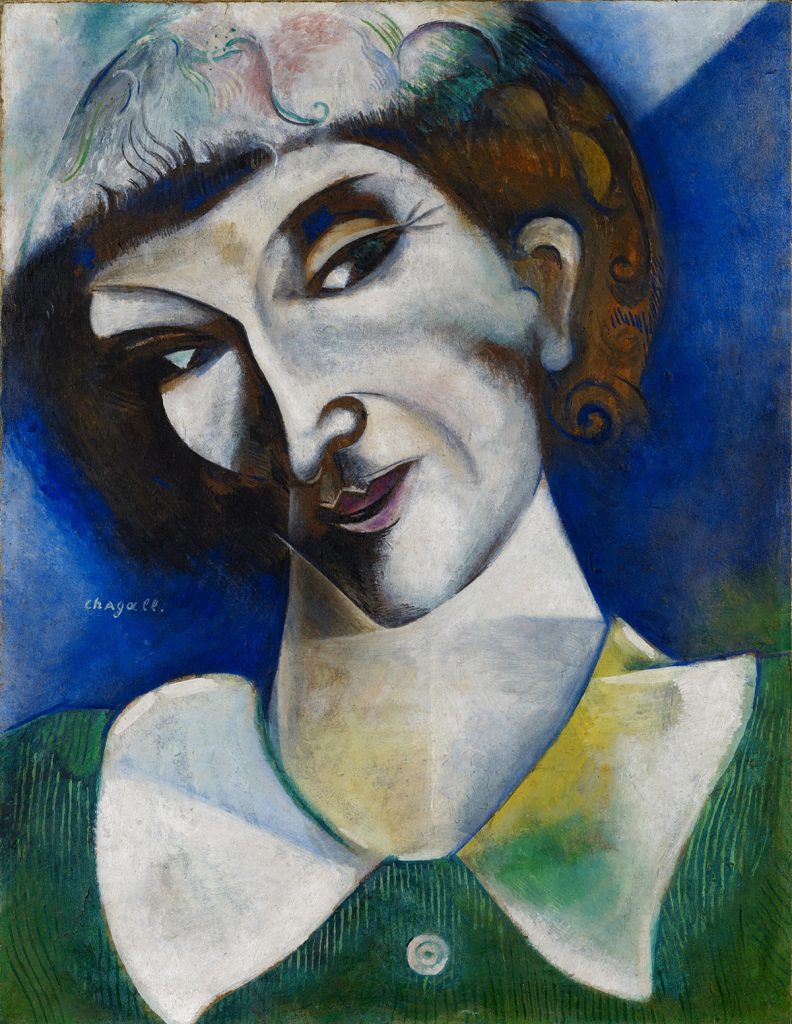Chagall. The Breakthrough Years, 1911–1919
06.01.2018 - 09.02.2018
In 1911 a decisive rupture took place in the early work of the young Marc Chagall as a result of the contrast between life in his native Belarus and the new life that welcomed him in the French capital. Between 1911 and 1914, he worked in urban Paris, creating a set of works that combine his memories of life within the Hasidic community of Vitebsk with icons of the modern metropolis. Reminiscences of popular Russian art combine with the more advanced stylistic experiments of the avant-garde, including Picasso, Robert and Sonia Delaunay, and Jacques Lipchitz. In 1914, during his return home to marry Bella Rosenfeld, World War I trapped Chagall there for eight years, which led him into a phase of search for self that can be observed in many of his paintings and works on paper from the time. He painted numerous self-portraits, representations of Jewish life, and stage designs for the celebration of the first anniversary of the October Revolution, which he had to organize as Curator of the Arts and Director of the Vitebsk Art School in 1918. This exhibition, organized by the Kunstmuseum Basel, presents a selection of works from the period of Marc Chagall’s greatest artistic and personal change, also a time of great political upheaval. At its core is a set of well-known works from the holdings of the Kunstmuseum Basel, the Im Obersteg Foundation, and other public and private collections.
Curator: Lucía Agirre
Marc Chagall
Self-Portrait (Portrait de l‘artiste), 1914
Oil on board, mounted on canvas
50.5 x 38 cm
Permanent deposit on Kunstmuseum Basel 2004
Im Obersteg Foundation
© Marc Chagall, VEGAP, Bilbao, 2018

